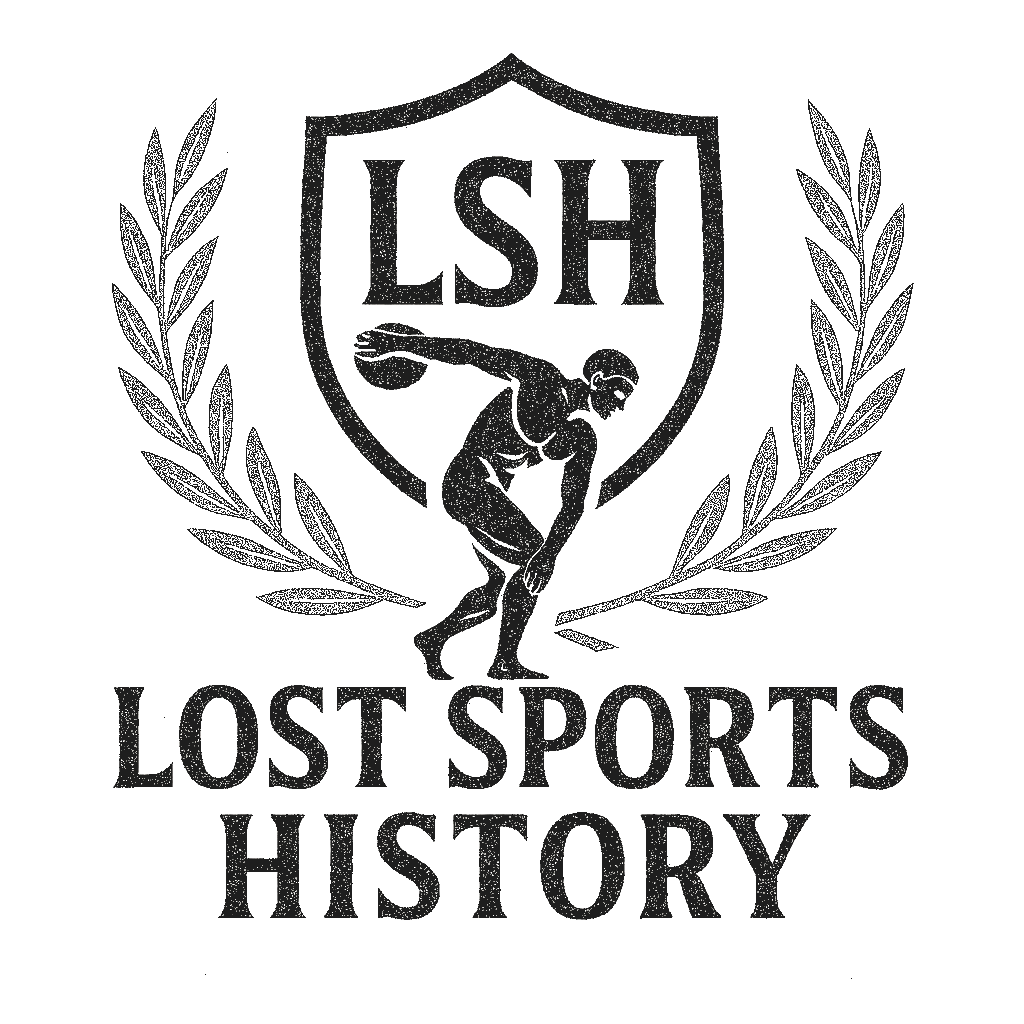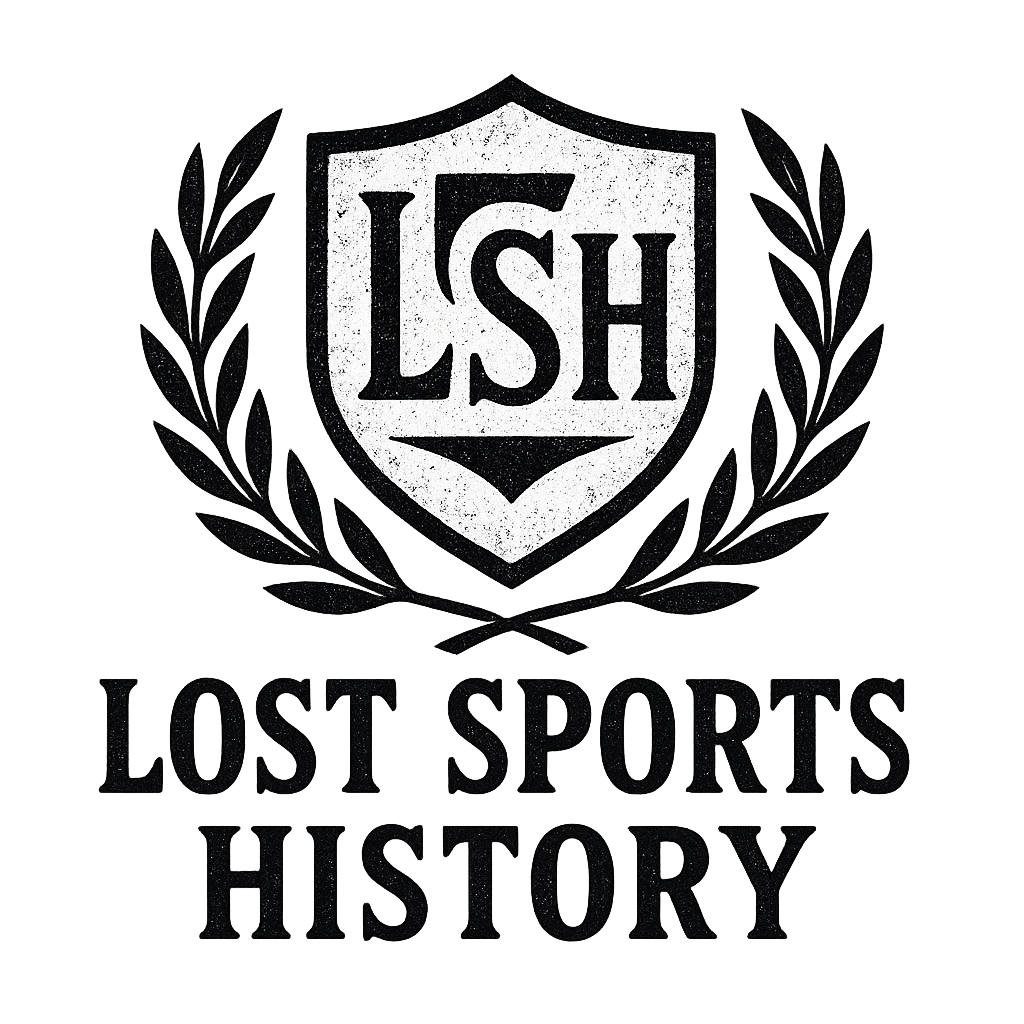Now Reading: Training for Glory: Ancient Coaches and Their Techniques
-
01
Training for Glory: Ancient Coaches and Their Techniques

Training for Glory: Ancient Coaches and Their Techniques
Imagine a sun-soaked arena in ancient Greece, where devoted coaches molded untamed talent into legendary athletes. These early training grounds weren’t just spaces for building muscle—they were crucibles of human excellence. Here, under the watchful eyes of seasoned mentors, young competitors were taught discipline, endurance, and tactical thinking. Ancient sports training combined physical drills, dietary regimens, and even philosophical teachings to shape both body and mind, laying the foundation for athletic traditions that would endure for millennia.
The Artistry of Ancient Sports Training
Ancient sports training was an art form that went beyond simple physical preparation. In Greece’s gymnasiums and Palestine’s training areas, coaches known as paidotribes transformed young athletes through demanding training routines. These experts understood the delicate balance between:
- Physical conditioning
- Mental preparation
- Technical skill development
- Dietary needs
A Surprising Sophistication
The way athletes were trained in ancient times was surprisingly advanced. Greek athletes followed organized programs that included specific exercises, tailored diets, and designated rest periods. Their coaches used methods that modern trainers would recognize:
“The art of the paidotribe was to know the nature of every exercise and which was suitable for each pupil” – Philostratus, Concerning Gymnastics
Sacred Spaces for Training
Training facilities were sacred spaces where athletes spent countless hours perfecting their craft. Coaches observed, corrected, and refined every movement. They understood that greatness wasn’t something you were born with—it was something you achieved through careful teaching and tireless practice.
These ancient training methods laid the groundwork for today’s sports coaching, creating a legacy that still influences athletic development now.
The Legacy of Ancient Sports Training
This legacy includes a wide variety of ancient sports that have shaped our modern Olympic games.
Moreover, the intense training routines of ancient warriors, as detailed in this historical overview, reveal the depth of physical conditioning required back then. However, not all sports were considered safe; some were banned and forbidden due to their dangerous nature.
In fact, some sports were so hazardous they could be counted among the deadliest in history, pushing athletes to extreme limits. Nevertheless, these challenges only served to sharpen their skills further, showing the profound influence of ancient sports training on today’s athletic practices.

1. The Role of Coaches in Ancient Games
In ancient Greece, coaches were called paidotribes and they had important roles in society. These specialized trainers worked closely with athletes in gymnasiums, acting as mentors, technical advisors, and spiritual guides.
Responsibilities of a Paidotribe
The responsibilities of a paidotribe included:
- Assessing individual athlete potential
- Designing personalized training programs
- Teaching proper technique and form
- Monitoring dietary habits
- Providing psychological support
- Preparing athletes for competition
Unique Methods Used by Ancient Coaches
Ancient coaches used different methods to help their athletes improve. They combined various techniques such as:
- Shadow training – practicing movements without opponents
- Progressive resistance – gradually increasing workout intensity
- Mental preparation – incorporating meditation and visualization
- Rhythm-based exercises – using music to enhance movement patterns
Lasting Impact on Modern Athletic Training
The coaching methods used by ancient Greeks have had a lasting impact on modern athletic training. Many practices today are similar to those of the paidotribes:
- Individual athlete assessment
- Periodization of training
- Focus on proper form
- Integration of mental preparation
- Emphasis on diet and nutrition
The coaching system established by ancient Greeks laid down important principles that still shape athletic development today. Modern coaches continue to use these methods, adapting them to fit current sports science and technology.
2. Athletic Training in Antiquity: A Closer Look
Ancient athletic training combined rigorous physical exercises with specialized techniques to create elite athletes. The Greeks developed a sophisticated system of training methods that targeted specific aspects of athletic performance.
Core Physical Exercises:
- Skamma – jumping exercises in sand pits to build leg strength
- Halma – specialized jumping drills with weights
- Akrokheirismos – wrestling practice focusing on upper body control
- Episkyros – ball games for agility and coordination
Ancient athletes practiced strength training through natural resistance exercises:
- Carrying heavy stones
- Climbing ropes
- Swimming against currents
- Wrestling with sand bags
Specialized Training Methods:
- Runners trained with weighted anklets to increase speed
- Wrestlers practiced moves with oil-covered skin
- Boxers punched leather bags filled with sand
- Discus throwers used varying weights for technique development
The Greeks believed in sport-specific conditioning. Wrestlers focused on grip strength exercises, while runners emphasized footwork drills. Athletes trained with rhythm, often exercising to the sound of flutes or percussion instruments.
Trainers emphasized proper breathing techniques during exercise. Athletes learned to coordinate their breath with movement patterns, a practice that enhanced both performance and endurance. This attention to breathing control remains relevant in modern athletic training.
3. The Evolution of Greek Gymnasiums and the Tetrad System
Greek gymnasiums transformed from simple training grounds into sophisticated educational institutions. These architectural marvels began as open spaces for exercise but evolved into complex structures featuring:
- Palaestra – A specialized wrestling area
- Xystos – Covered running tracks for poor weather
- Paradromis – Open-air tracks for fair weather
- Loutron – Bathing facilities
- Apodyterion – Changing rooms
The revolutionary tetrad system emerged from these gymnasiums, introducing a structured four-day training cycle:
- Day One: Preparation Day – Light exercises and skill development
- Day Two: Intense Training – Heavy exercises and maximum effort
- Day Three: Recovery – Moderate activities and technique refinement
- Day Four: Rest – Complete recovery and mental preparation
This systematic approach revolutionized athletic development. Athletes experienced improved performance through balanced training loads and adequate recovery periods. The tetrad system’s influence spread throughout ancient Greece, standardizing training methods across different city-states.
Greek gymnasiums became centers of athletic excellence, hosting philosophers, politicians, and athletes. These institutions fostered a unique blend of physical and intellectual development, creating spaces where athletic prowess merged with cultural education.
The gymnasium’s architectural evolution reflected this dual purpose, incorporating lecture halls and libraries alongside training facilities. This integration of mind and body training became a cornerstone of Greek athletic philosophy.

4. Roman Athletic Training: A Different Approach
Roman athletic training was quite different from Greek practices, reflecting their unique cultural values and military priorities. While Greeks celebrated individual athletic achievement, Romans viewed physical training primarily as preparation for warfare and practical skills.
Key Focus Areas of Roman Coaches (Doctores)
Roman coaches (doctores) implemented a structured system focused on:
- Military-style conditioning: Intense drills involving weighted weapons, armor-wearing exercises, and long-distance marches
- Practical combat skills: Wrestling techniques adapted for battlefield situations
- Team-based training: Group exercises emphasizing coordination and unit cohesion
Innovative Training Equipment Introduced by the Romans
The Romans introduced innovative training equipment, including:
- The palus (wooden post) for weapon practice
- Heavy sand-filled leather bags for strength training
- Specialized climbing frames for agility development
- Training swords known as wasters, made from wood or other lightweight materials to safely practice sword fighting techniques.
Differences in Athletic Facilities Between Romans and Greeks
Roman athletic facilities differed from Greek gymnasiums. Training often occurred in military camps or purpose-built campus fields, where coaches emphasized practical applications over aesthetic form. These facilities featured:
- Dedicated areas for weapon practice
- Running tracks designed to simulate battlefield conditions
- Wrestling pits filled with sand to improve balance and footwork
Lasting Impact of the Roman Approach on Military Physical Preparation
The Roman approach to athletic training left a lasting mark on military physical preparation. Their emphasis on practical, results-oriented training methods influenced military conditioning programs worldwide, with many modern military training techniques tracing their roots to Roman practices.
5. Early Coaching Techniques: Movement Patterns and Holistic Approaches
Ancient coaches understood the critical role of proper movement patterns in athletic performance. These early trainers developed sophisticated methods to analyze and correct athletes’ movements, creating a foundation for modern biomechanics.
The paidotribes employed hands-on correction techniques:
- Physical manipulation of limbs during training
- Demonstration of ideal movement sequences
- Use of rhythm and music to enhance coordination
- Repetitive drills focusing on specific body positions
Ancient training incorporated a holistic approach to athlete development:
- Mental preparation through visualization exercises
- Dietary recommendations based on seasonal changes
- Sleep regulation and rest periods
- Balance between physical exertion and recovery
Injury prevention stood at the forefront of ancient coaching wisdom. Trainers developed specific techniques like progressive loading of exercises, careful attention to proper form, regular body maintenance through massage, and adaptation of training intensity based on individual capacity. These strategies echo the principles found in modern sports medicine, which emphasizes injury prevention and recovery.
These early coaches recognized that successful athletic performance required more than physical strength. They created comprehensive training systems that addressed both body and mind, laying groundwork for modern sports science principles such as those outlined in this study on injury prevention.
The ancient gymnasium served as a laboratory where trainers refined their understanding of human movement. Through careful observation and practical experience, they developed methods that still influence athletic training today.
6. Bridging Time: Comparing Ancient Sports Training to Modern Practices
Ancient training principles continue to shape modern athletic development in surprising ways. The Greek emphasis on progressive loading mirrors today’s periodization methods, where athletes systematically increase training intensity over time.
Consider these enduring parallels:
- Specialized Training Spaces: Ancient gymnasiums evolved into today’s high-tech training facilities
- Individualized Coaching: The one-on-one mentorship of paidotribes reflects modern personal training
- Recovery Cycles: The tetrad system’s rest periods align with current recovery protocols
- Mental Conditioning: Ancient meditation practices mirror modern sports psychology
Modern sports science validates many ancient training methods:
- Circuit Training: Similar to the ancient pentathlon preparation
- Cross-Training: Comparable to Greek athletes’ diverse physical activities
- Nutrition Focus: Ancient dietary guidelines resemble modern sports nutrition
- Movement Analysis: Today’s biomechanics echo ancient technique correction
The ancient Greeks’ holistic approach to athletic development resonates in contemporary training philosophies. Their understanding of body mechanics, recovery, and progressive training continues to influence modern coaching methodologies.
Moreover, ancient sports have left a lasting imprint on today’s games, a testament to the timelessness of their methods and strategies. Sports medicine research increasingly supports traditional training wisdom. The ancient practice of oil massage finds its modern equivalent in myofascial release techniques. Similarly, Greek breathing exercises align with current respiratory training methods.
Interestingly, some ancient sports have even seen a revival in contemporary times, showcasing their enduring appeal and relevance in today’s sporting landscape.

The Enduring Legacy of Ancient Coaches
Ancient coaches laid the groundwork for athletic excellence that resonates through the centuries. Their innovative training methods, from the structured tetrad system to holistic athlete development, shaped the foundation of modern sports coaching.
These pioneering trainers understood fundamental principles that remain relevant:
- Mind-body connection: Training both mental and physical aspects
- Progressive overload: Gradually increasing training intensity
- Individualized approach: Adapting methods to each athlete
- Technical mastery: Emphasizing proper form and technique
The wisdom of ancient coaches lives on in today’s training facilities, from Olympic centers to local gyms. Their legacy teaches us that effective athletic development transcends time and technology.
Want to discover more about these forgotten athletic traditions? Visit your local historical society, explore academic sports journals, or join online communities dedicated to ancient athletic practices. The ancient world of sports training holds countless untold stories and valuable lessons waiting to be uncovered.
















